Содержание
- 2. There was an old owl who lived in an oak, The more he heard, the less
- 3. Listening is often seen as a two-stage process involving, in the first instance, the extraction of
- 4. Features of listening Active: The listener has to remake the speaker’s intended meaning. Time-constrained: The input
- 5. Top Down Bottom Up
- 6. Processing in listening Predict what is to be said Infer implied meanings and intentions Recognize cohesive
- 7. Comprehension as a matter of listeners… Decoding smallest elements of what they hear – the sounds.
- 8. Top-down approach You hear: McKenzy brought me another present today. It was too late to save
- 9. Listening comprehension Is not either top-down or bottom-up processing, but an interactive, interpretive process where listeners
- 10. What makes listening difficult? Phonological modification Clustering Reduced forms Colloquial speech and accents Prosodic features Speech
- 11. Spoken sounds vary. A lot. In writing we have standard spelling – no spoken equivalent. Sounds
- 12. Clustering Spoken language is “chunked” into phrases and clauses. Can be difficult to separate out individual
- 13. Reduced forms More reduced forms in speech than in writing. I am going to win =
- 14. Colloquial speech and accents Local colloquial expressions and culturally specific patterns Accents Standard British/ American /Australian/
- 15. Rhythm, stress, and intonation of speech. Prosody varies according to… Emotional state of speaker Form of
- 16. Fast speech is harder for learners to follow. Those familiar with text book speech are often
- 17. Performance variables Hesitations False starts Pauses Corrections
- 18. Assessing listening is similar to reading Both are receptive skills; Can use many of the same
- 19. Assessing listening is different from reading Real-time processing -> requires automaticity; Specifications need to include information
- 20. Types of classroom listening skills (Brown 2001, p.273ff.) Reactive (listen and repeat) Intensive (listen for specific
- 21. Listening is found in most general proficiency tests, academic tests, tests of language for business purposes
- 22. Which kind of language should learners be able to understand at different levels? OVERALL LISTENING COMPREHENSION
- 23. B2 Can understand standard spoken language, live or broadcast, on both familiar and unfamiliar topics normally
- 24. A2 Can understand enough to be able to meet needs of a concrete type provided speech
- 25. Measurement principles of assessing listening Reliability Validity Fairness
- 26. Cognitive validity Do the cognitive processes in which test-takers engage during a test of language skills
- 27. ‘Authenticity’ Recordings should be as close as possible to natural everyday speech. ‘Authentic’ material not necessarily
- 28. Number of participants (Hughes A. 2003) Monologue Dialogue Polylogue/ Multiparticipant Conversation.
- 29. Text purposes (Hughes 2003) Description Narration Explanation Exposition Argumentation News item Review Instruction
- 30. The Common European Framework of Reference for Languages: Learning, Teaching, Assessment. (Council of Europe 2001) CEFR,
- 31. Task formats (Buck 2001) Multiple matching Multiple choice Dictation Open ended comprehension questions Gap filling Note
- 32. Advantages and disadvantages of different task types (Buck, 2001)
- 33. Advantages and disadvantages of different task types (Buck, 2001)
- 34. Formats Most of the traditional test formats are open to question because of the extent to
- 36. Скачать презентацию
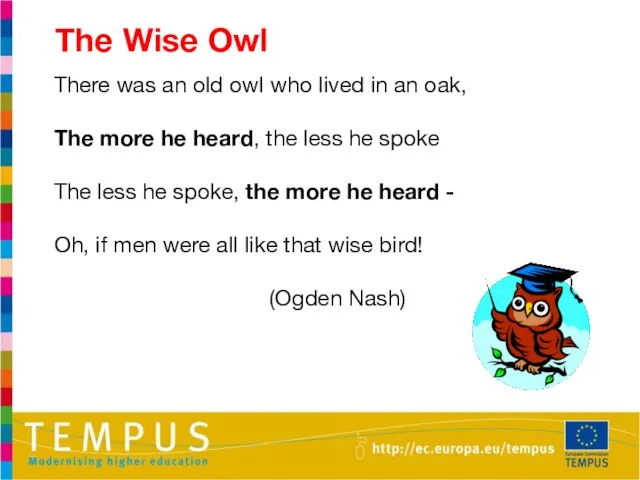

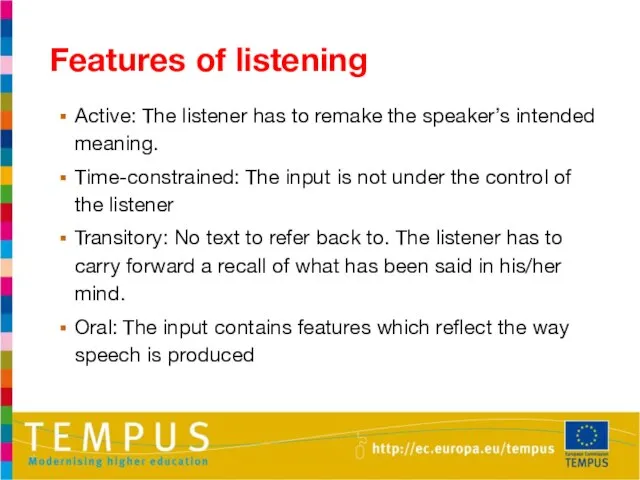
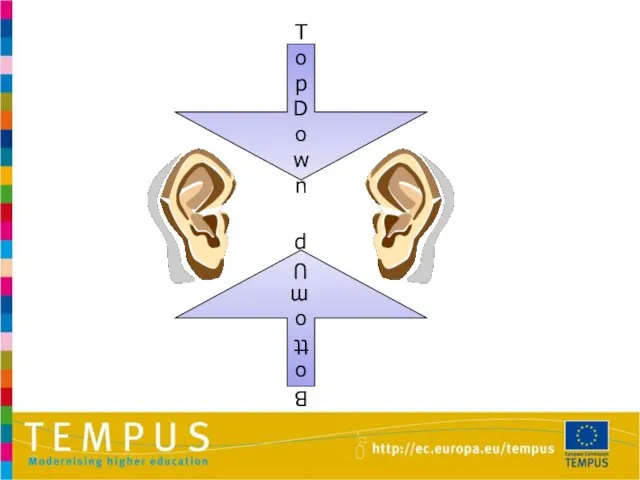

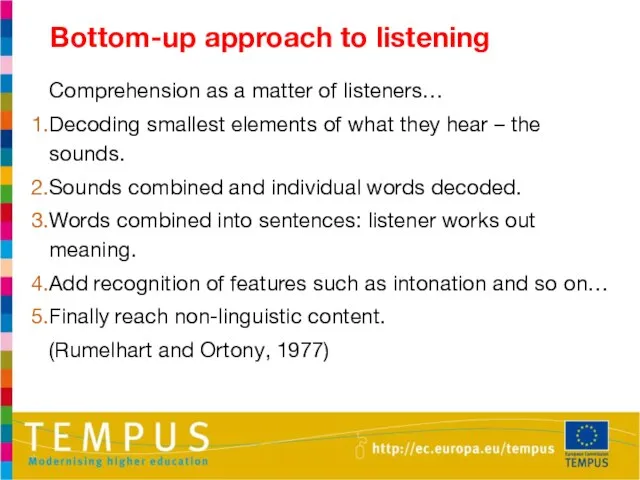
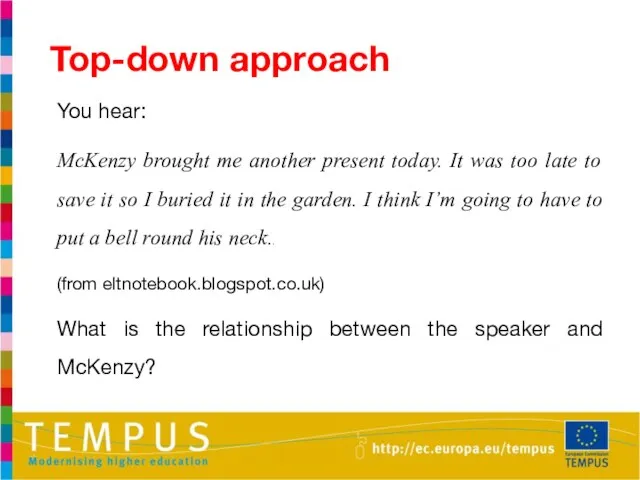
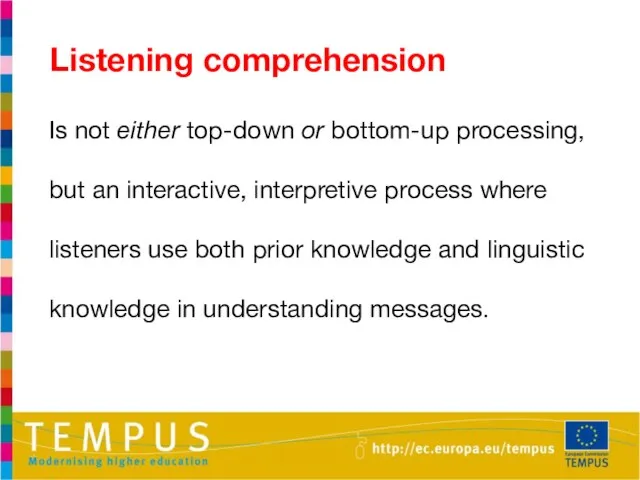
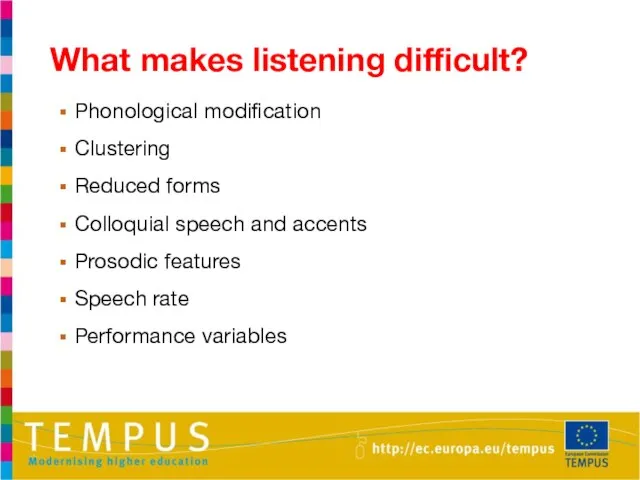
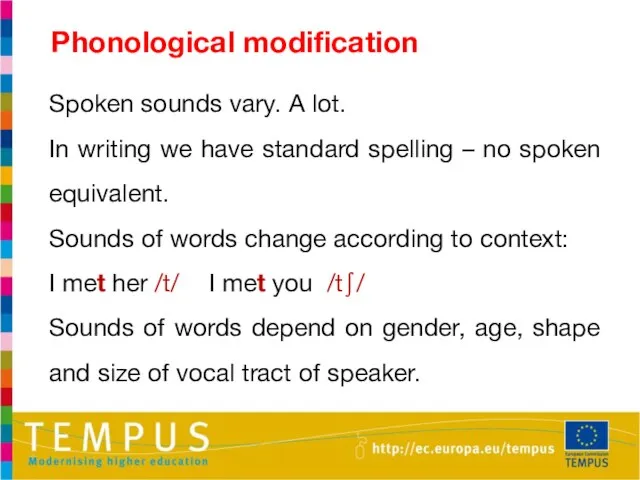

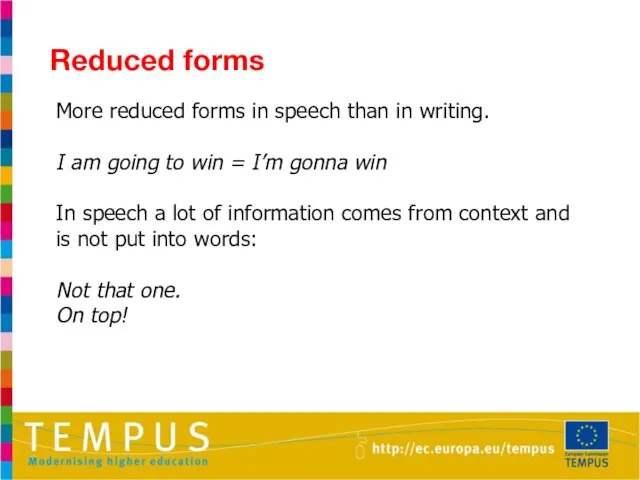
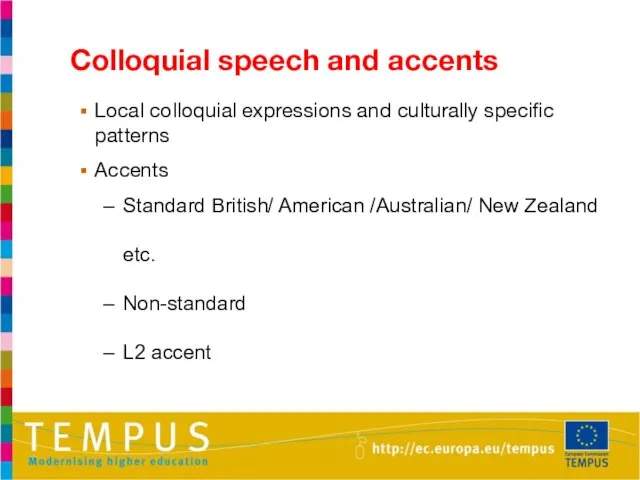

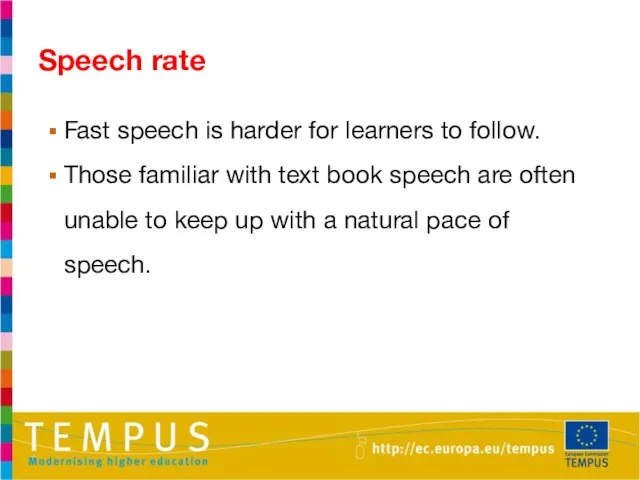
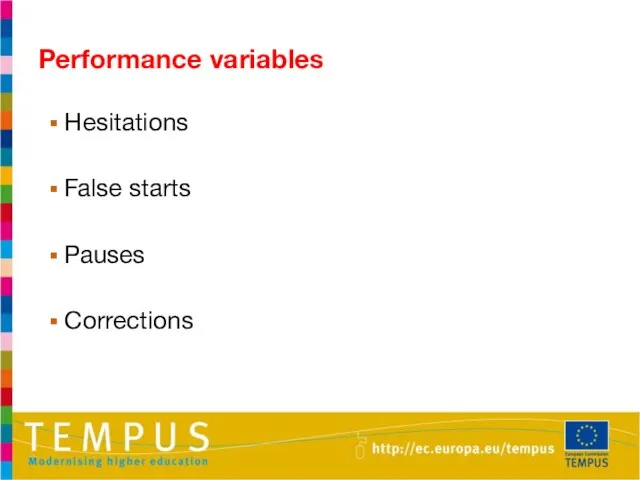
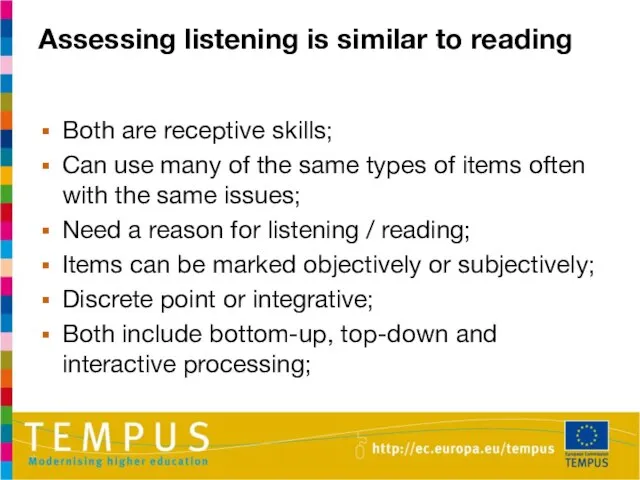

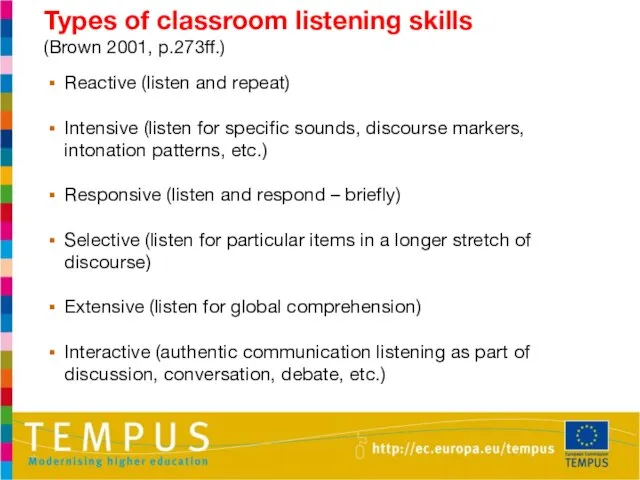

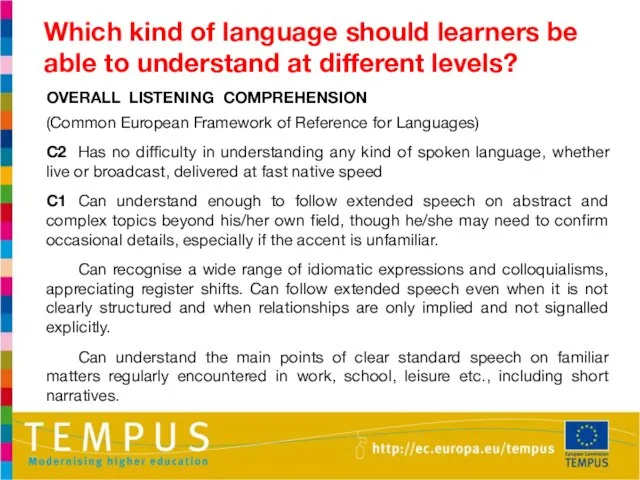
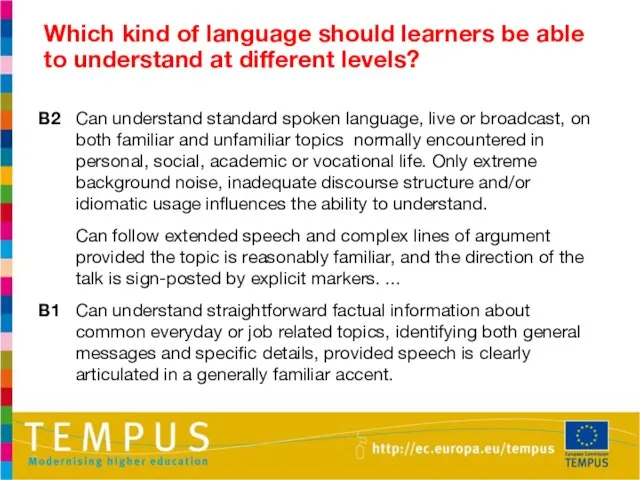
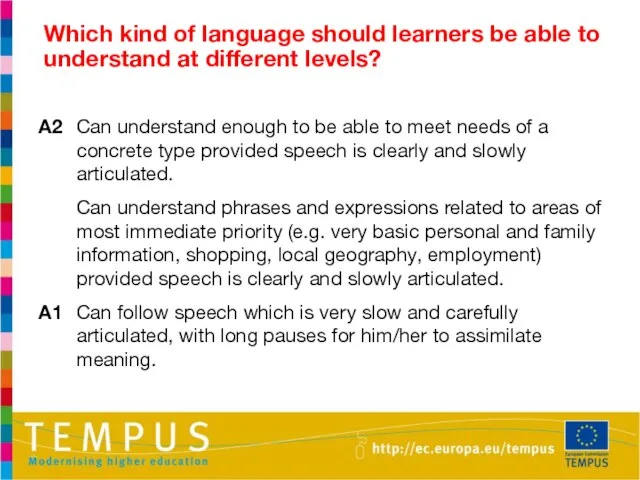
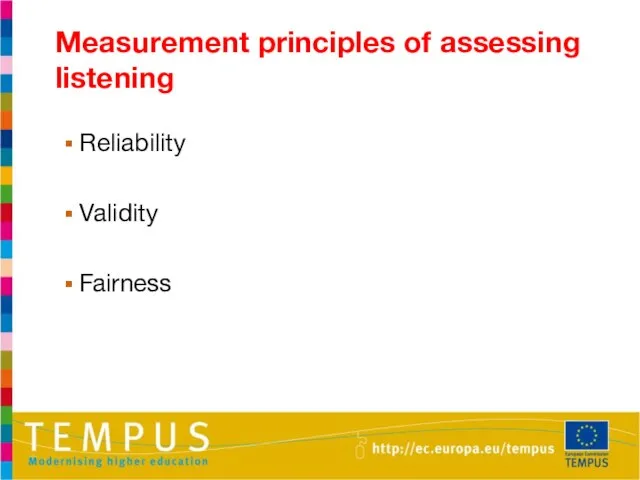

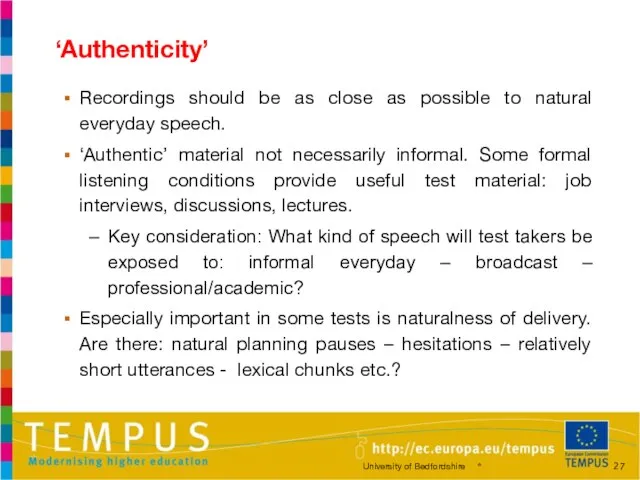
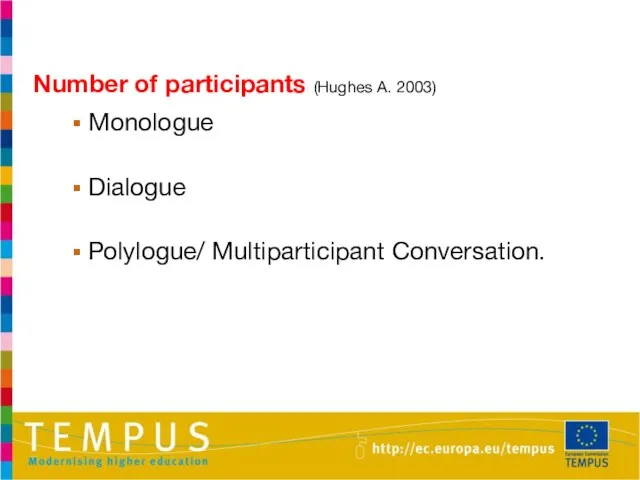
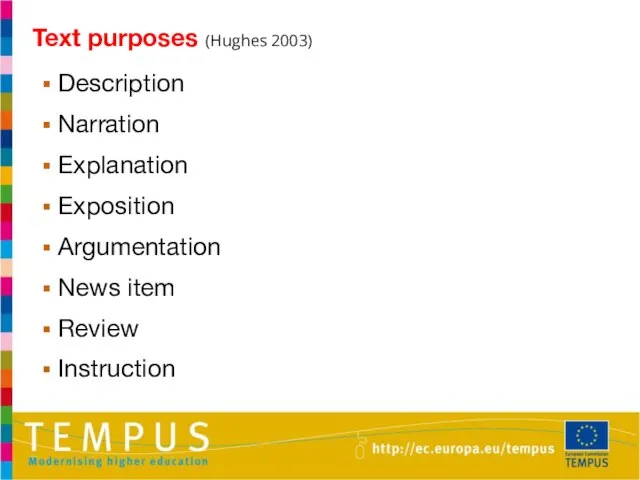

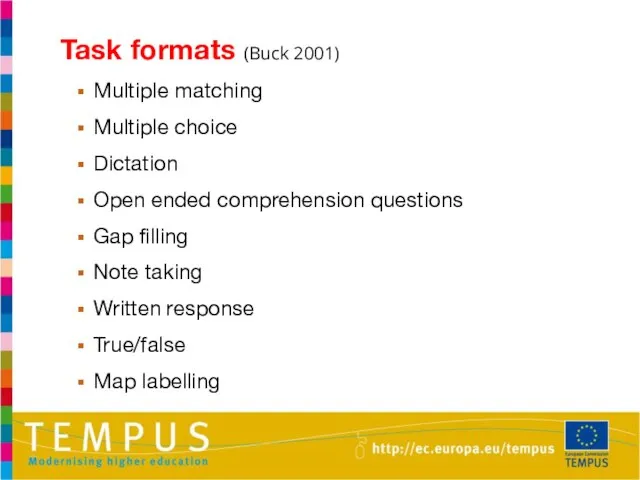

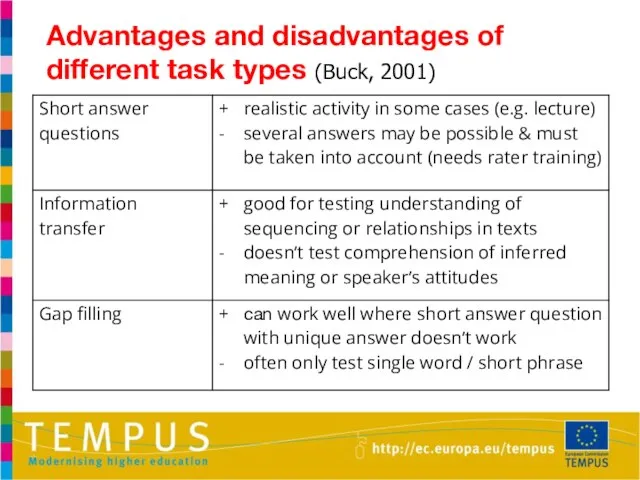
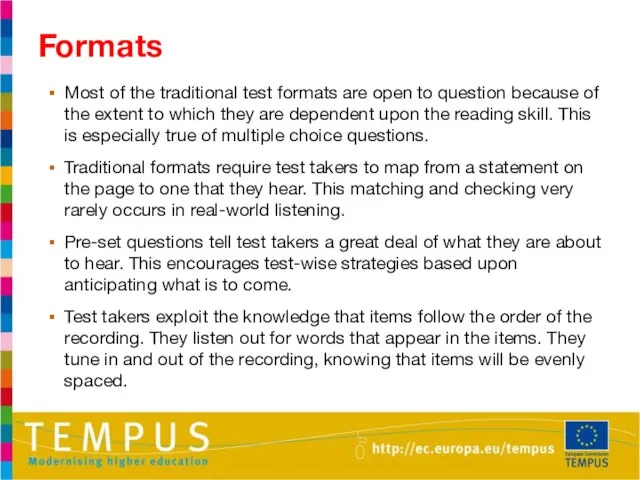
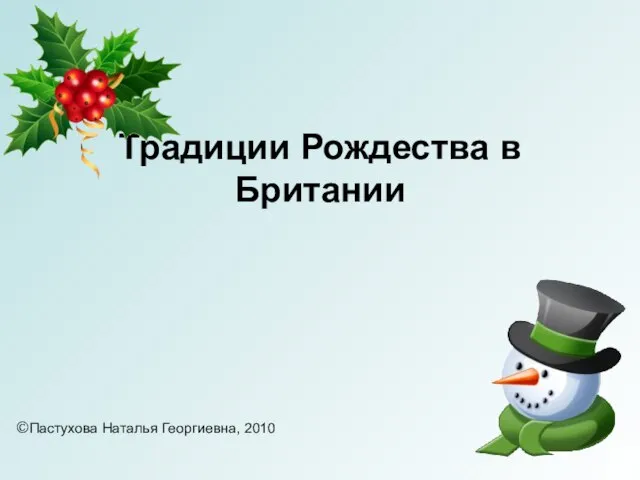 Традиции Рождества в Британии
Традиции Рождества в Британии Основы учебно-исследовательской деятельности. Методический материал к уроку
Основы учебно-исследовательской деятельности. Методический материал к уроку Вина во Франции
Вина во Франции Этнические общности
Этнические общности Государство, его признаки и формы
Государство, его признаки и формы Корней Иванович Чуковский
Корней Иванович Чуковский Astronauti
Astronauti Нравственное здоровье семьи
Нравственное здоровье семьи Центр спортивной цифровой трансформации в Солнечном
Центр спортивной цифровой трансформации в Солнечном Презентация на тему Форма государства. Политическая система общества
Презентация на тему Форма государства. Политическая система общества Микеланджело Буонарроти (1475-1564)
Микеланджело Буонарроти (1475-1564) Креативные машины и оснастка и входящей в её состав производственной фирмы Центролит
Креативные машины и оснастка и входящей в её состав производственной фирмы Центролит Презентация на тему Переживания, испытанные временем
Презентация на тему Переживания, испытанные временем  Крито-Микенская культура
Крито-Микенская культура Visual C++ 2010 и MFCФорсированный способ разработки современных приложений для Windows 7
Visual C++ 2010 и MFCФорсированный способ разработки современных приложений для Windows 7 Компас 3D - LT
Компас 3D - LT интерьер жилого дома
интерьер жилого дома Визитка воспитателя
Визитка воспитателя Осень: природа готовится к зиме
Осень: природа готовится к зиме Битое поле
Битое поле Презентация на тему Система работы школы по выявлению детей с проблемами в обучении
Презентация на тему Система работы школы по выявлению детей с проблемами в обучении Аттестация педагогических работников государственных и муниципальных образовательных учреждений с целью подтверждения соответ
Аттестация педагогических работников государственных и муниципальных образовательных учреждений с целью подтверждения соответ История маркетинга
История маркетинга  Познавательные возможности учащихся при изучении истории
Познавательные возможности учащихся при изучении истории Знакомство со зрелищными видами искусства
Знакомство со зрелищными видами искусства Презентация на тему Природные зоны Австралии
Презентация на тему Природные зоны Австралии  Электрические машины переменного тока
Электрические машины переменного тока Техническая помощь девелоперов-консультантов банкам в процессе оценки и реализации залоговых активов
Техническая помощь девелоперов-консультантов банкам в процессе оценки и реализации залоговых активов